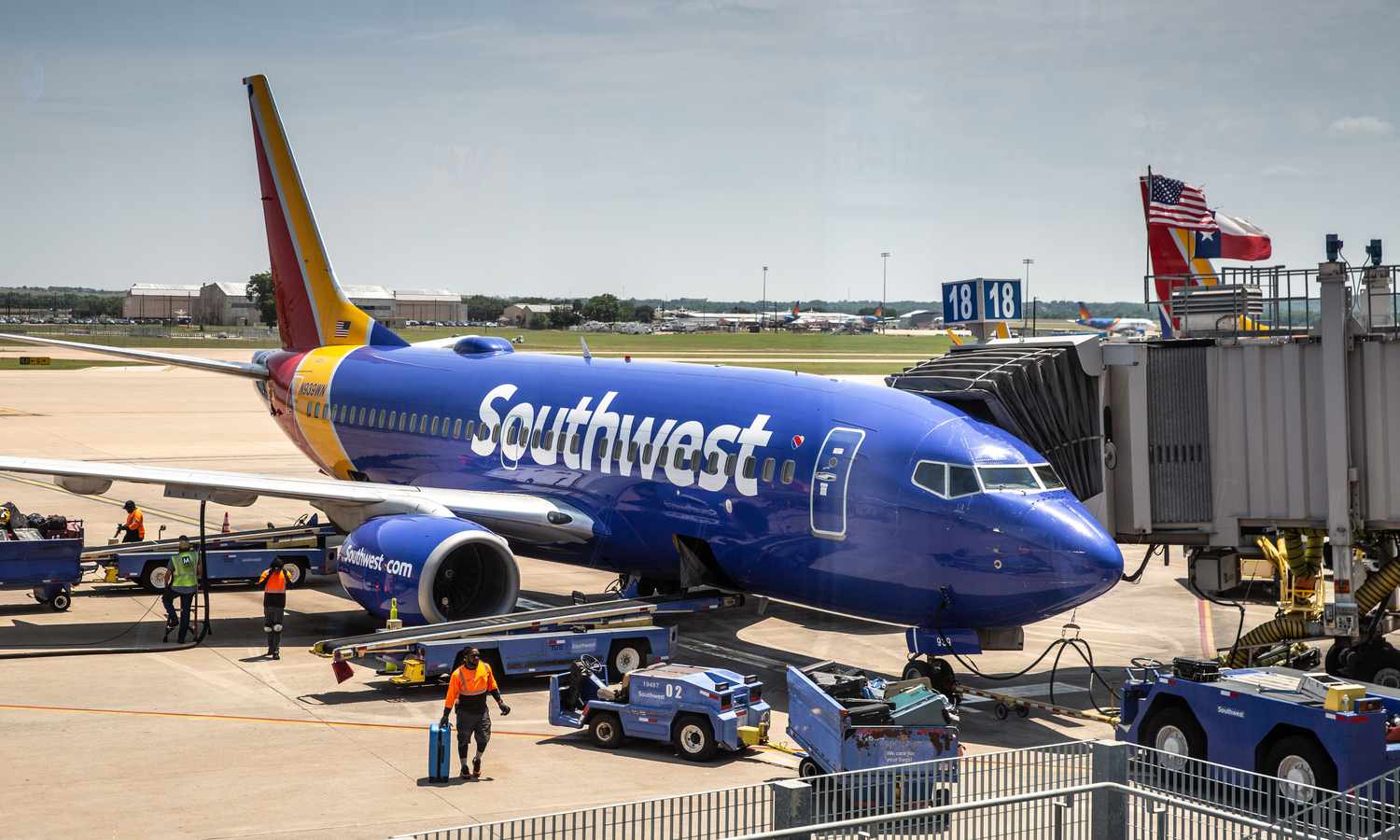
Airlines constantly battle for your loyalty and dollars. Ever wondered how they do it? Competitive strategies in the airline industry are all about attracting and retaining passengers while maximizing profits. From offering frequent flyer programs to dynamic pricing, airlines use a variety of tactics to stay ahead. Frequent flyer programs reward loyal customers with miles and perks, making them more likely to stick with one airline. Dynamic pricing adjusts ticket prices based on demand, ensuring flights are filled efficiently. Code-sharing agreements allow airlines to partner up, expanding their route networks without adding new planes. Curious about more strategies? Let's dive into the fascinating world of airline competition!
Key Takeaways:
- Airline alliances help airlines team up to offer more destinations, share flight codes, and provide access to partner lounges, making travel more convenient and enjoyable for passengers.
- Airlines use dynamic pricing, fare classes, and ancillary fees to attract different passengers and maximize revenue, while also focusing on efficient fleet management and customer loyalty programs to enhance the overall travel experience.
Airline Alliances
Airline alliances are partnerships between different airlines to provide mutual benefits. These alliances help airlines expand their network and offer more destinations to passengers.
-
Codesharing Agreements: Airlines in an alliance often share flight codes, allowing passengers to book a single ticket for flights operated by multiple airlines. This simplifies travel and increases convenience.
-
Shared Lounges: Members of an alliance can access lounges of partner airlines, enhancing the travel experience, especially for frequent flyers.
-
Joint Marketing: Airlines in an alliance collaborate on marketing efforts, pooling resources to reach a broader audience and reduce costs.
Pricing Strategies
Airlines use various pricing strategies to attract different types of passengers and maximize revenue. These strategies are often complex and dynamic.
-
Dynamic Pricing: Ticket prices fluctuate based on demand, time of booking, and other factors. This helps airlines fill seats and maximize profits.
-
Fare Classes: Airlines offer different fare classes (e.g., economy, business, first class) with varying levels of service and flexibility. This caters to different passenger needs and budgets.
-
Ancillary Fees: Airlines charge for additional services like checked baggage, seat selection, and in-flight meals. These fees contribute significantly to their revenue.
Fleet Management
Managing a fleet of aircraft efficiently is crucial for an airline's success. This involves decisions about aircraft types, maintenance, and utilization.
-
Aircraft Leasing: Many airlines lease aircraft instead of buying them outright. Leasing provides flexibility and reduces financial risk.
-
Fuel Efficiency: Airlines invest in fuel-efficient aircraft to reduce operating costs and minimize environmental impact.
-
Maintenance Scheduling: Proper maintenance scheduling ensures aircraft are safe and available for service, minimizing downtime and disruptions.
Customer Loyalty Programs
Airlines use loyalty programs to retain customers and encourage repeat business. These programs offer various rewards and benefits to frequent flyers.
-
Frequent Flyer Miles: Passengers earn miles for every flight, which can be redeemed for free tickets, upgrades, and other perks.
-
Tiered Membership: Loyalty programs often have multiple tiers, with higher tiers offering more benefits. This incentivizes passengers to fly more with the same airline.
-
Partnerships with Other Brands: Airlines partner with hotels, car rental companies, and credit card providers to offer additional ways for passengers to earn and redeem miles.
Final Thoughts on Airline Competitive Strategies
Airlines use various strategies to stay ahead in the game. They focus on cost-cutting measures, loyalty programs, and strategic alliances. These tactics help them attract more passengers and keep costs low. Dynamic pricing allows airlines to adjust ticket prices based on demand, maximizing revenue. Fleet modernization ensures they offer the latest in comfort and efficiency. Customer service improvements, like better in-flight entertainment and meal options, enhance the travel experience. Environmental initiatives also play a role, as airlines aim to reduce their carbon footprint. Understanding these strategies gives you a clearer picture of how airlines operate and compete. Next time you book a flight, you'll know a bit more about what goes on behind the scenes. Safe travels!
Frequently Asked Questions
Was this page helpful?
Our commitment to delivering trustworthy and engaging content is at the heart of what we do. Each fact on our site is contributed by real users like you, bringing a wealth of diverse insights and information. To ensure the highest standards of accuracy and reliability, our dedicated editors meticulously review each submission. This process guarantees that the facts we share are not only fascinating but also credible. Trust in our commitment to quality and authenticity as you explore and learn with us.


